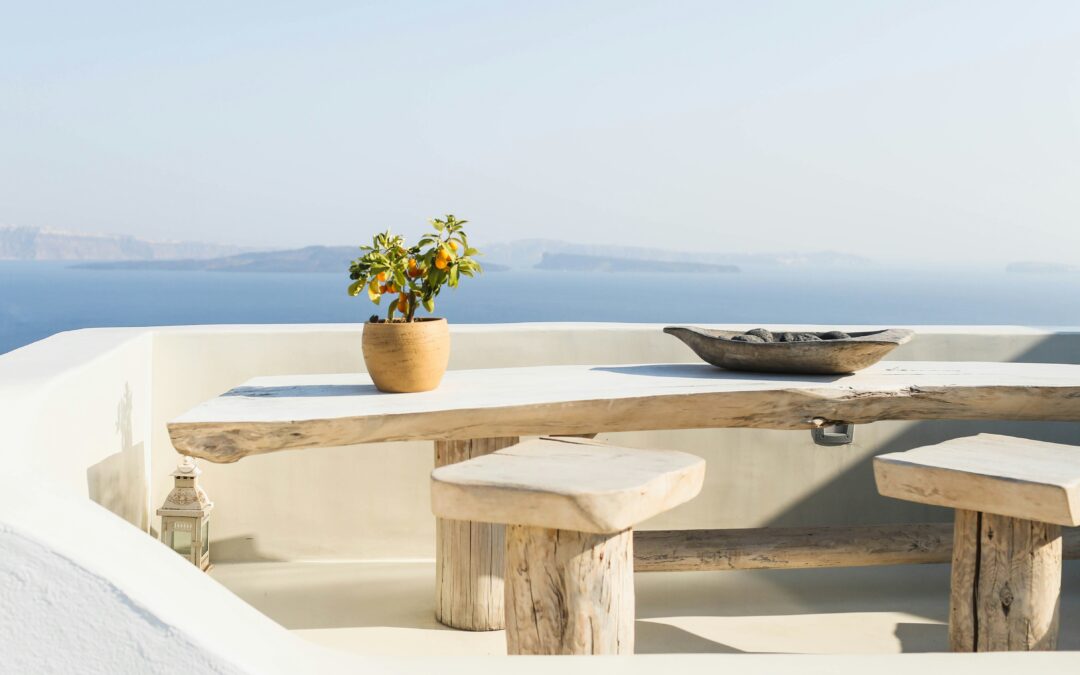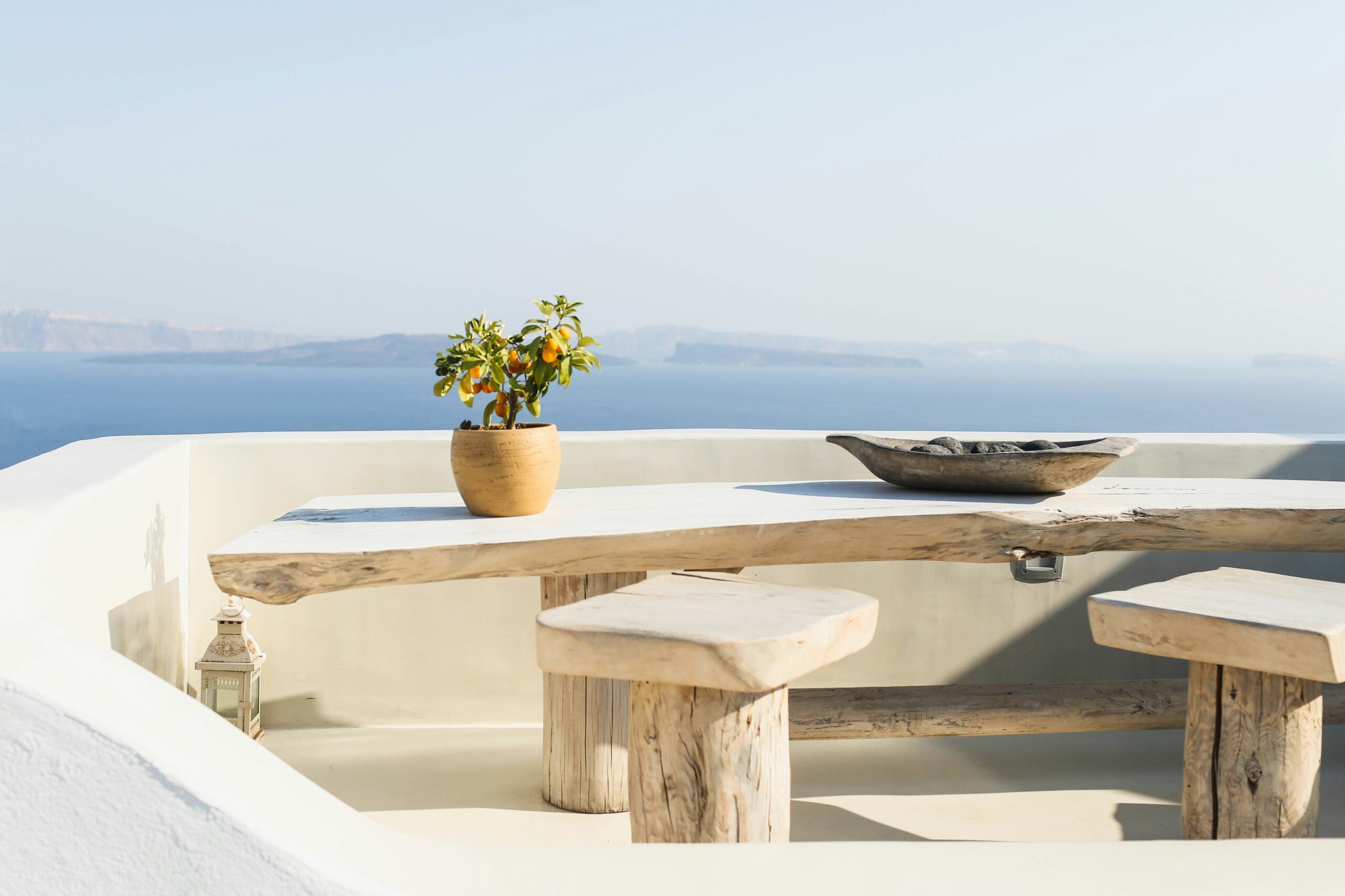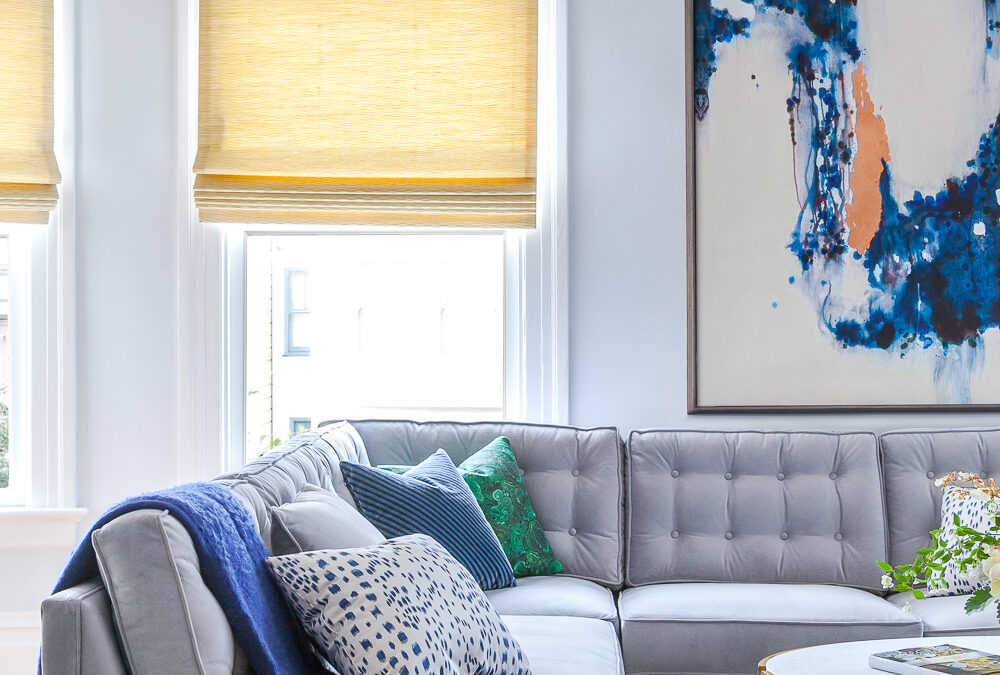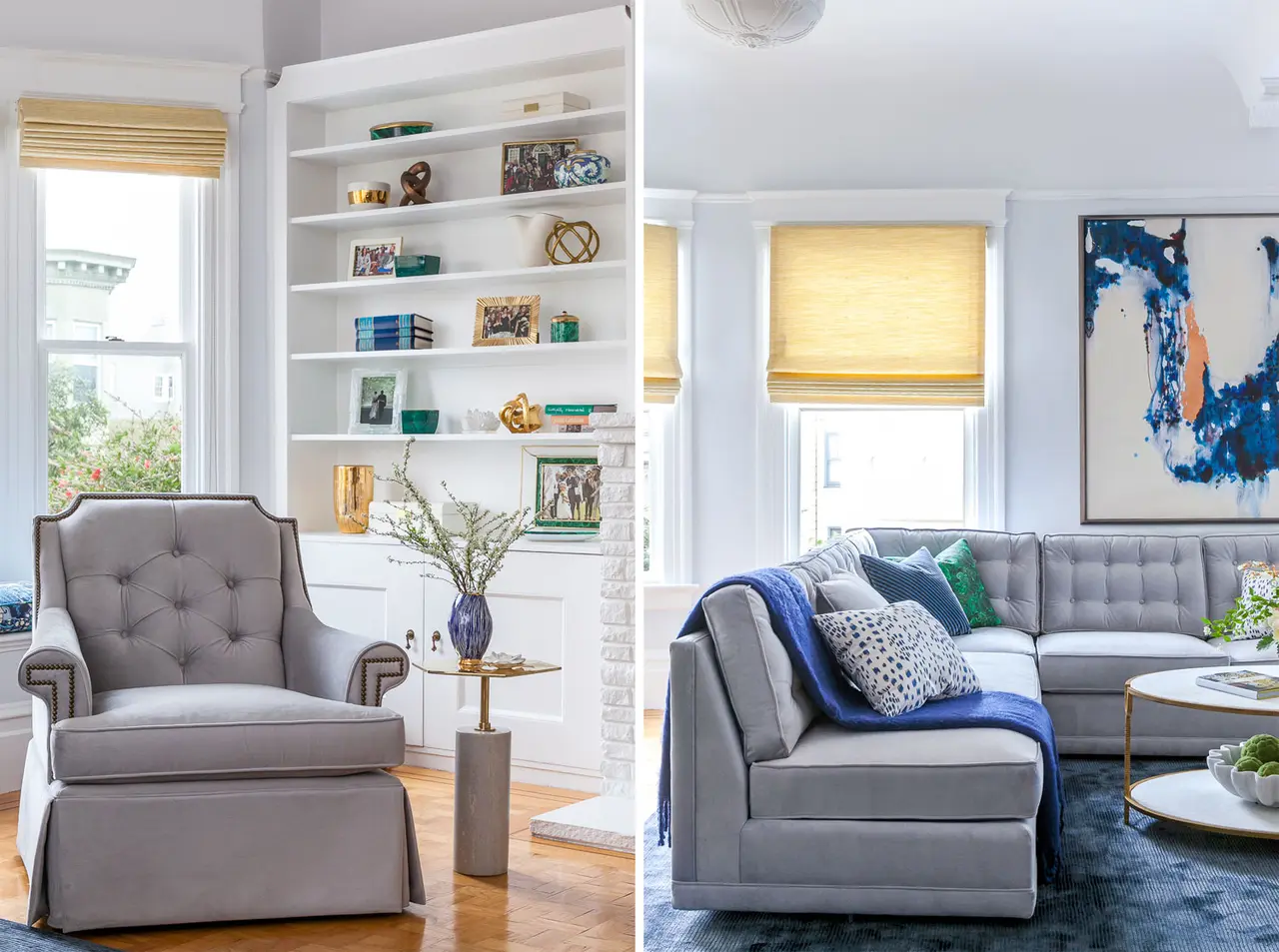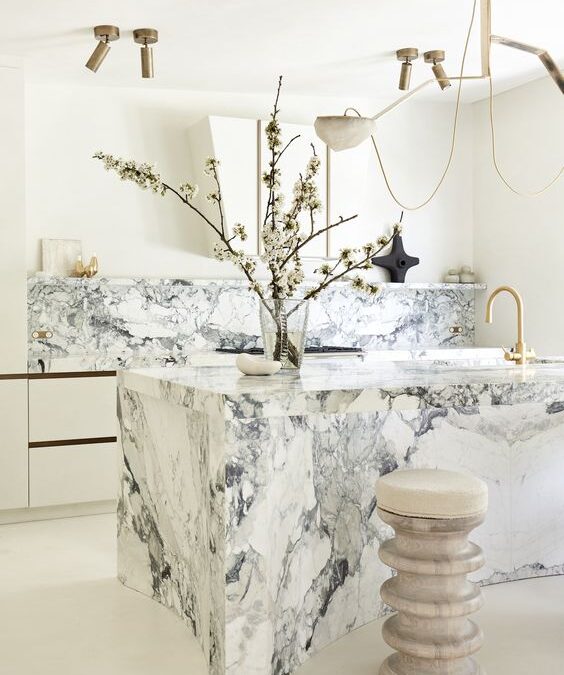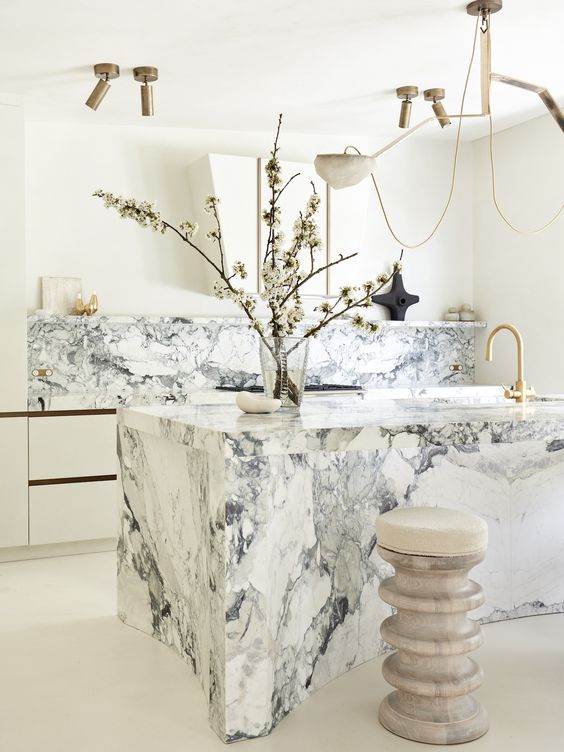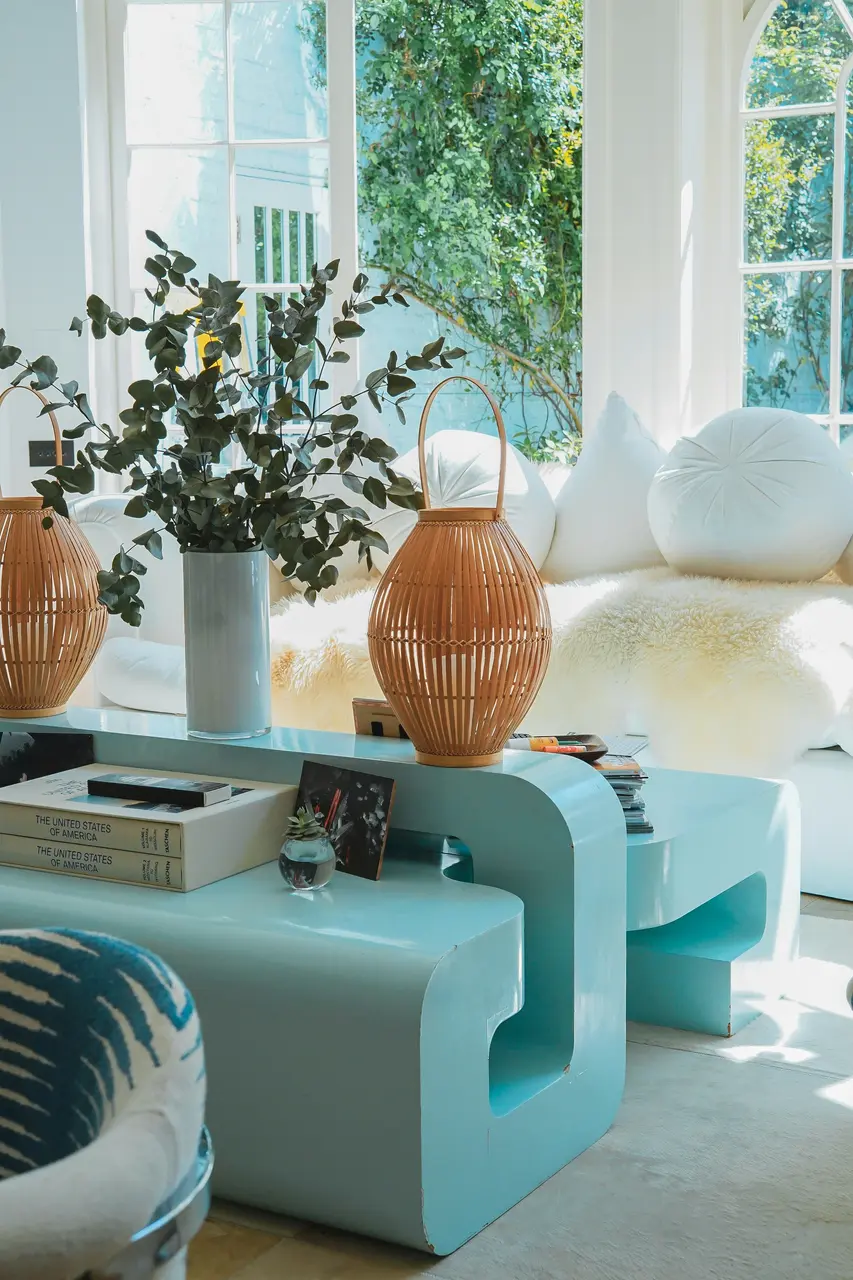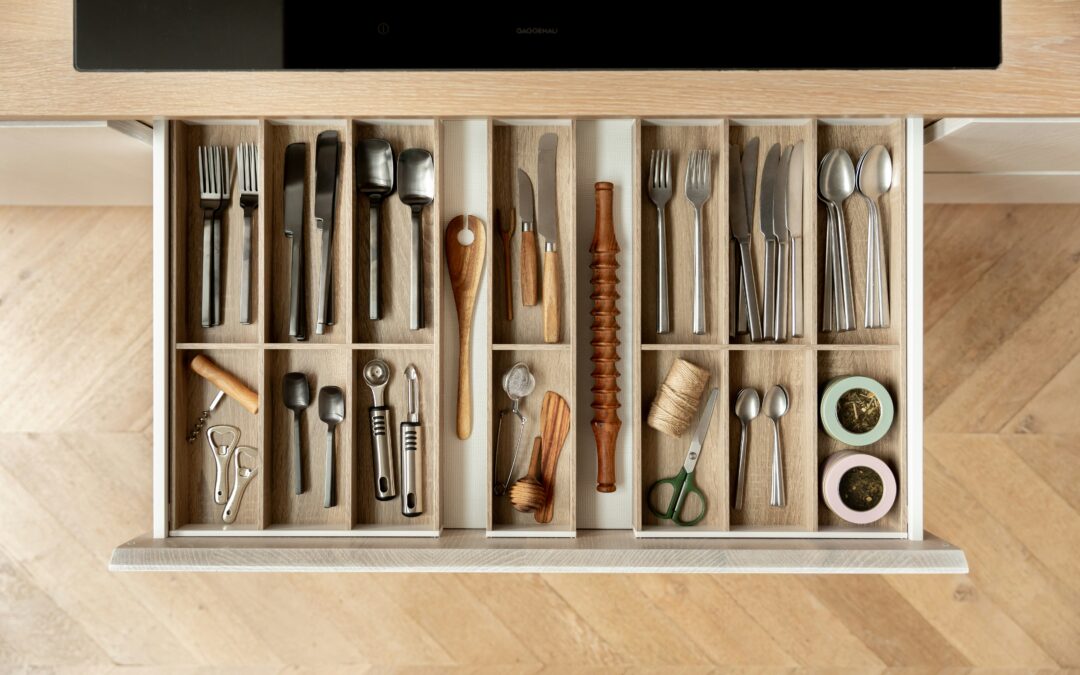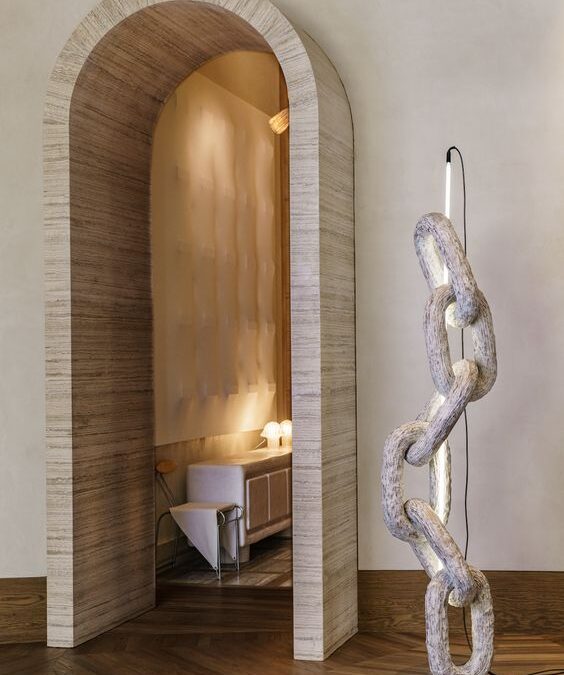
The Ultimate Lighting Guide: How to Master Lighting Like a Designer
Lighting isn’t just a finishing touch—it’s the foundation.
Done well, it shapes mood, defines space, and quietly transforms the way we live in our homes. It’s what turns a house into a haven, a kitchen into a gathering space, a hallway into a gallery. And yet, lighting remains one of the most misunderstood—and underutilized—tools in interior design.
In this guide, we’ll unpack the layered language of light: from the warmth of a well-placed sconce to the precision of task lighting at the kitchen island. You’ll learn how to sculpt your space with intention and how to avoid the most common (and costly) lighting mistakes.
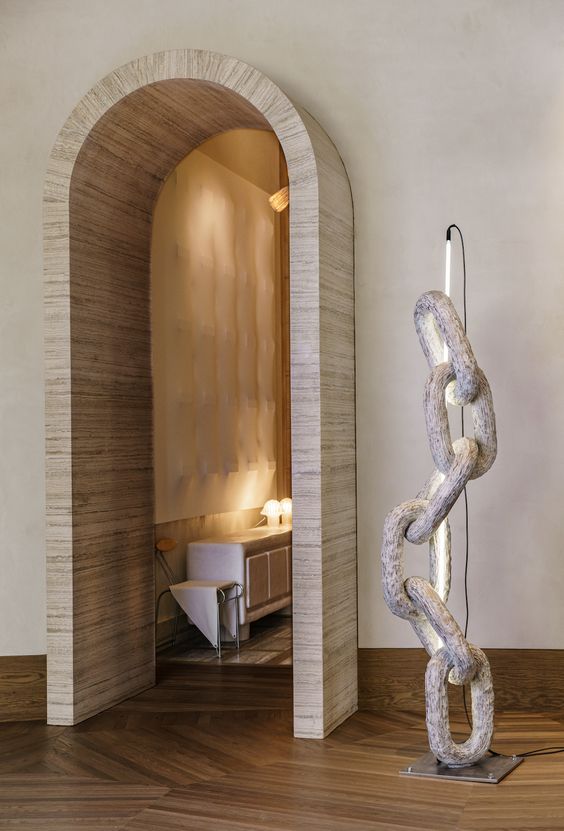
Start With the Temperature for the House & Grounds, NOT Fixtures
Before thinking about style or placement, get clear on kelvin temperature. Light’s color temperature sets the tone—literally.
-
1800K–2700K: Warm, golden light ideal for bedrooms, dining rooms, and living rooms
-
3000K+: Cool, sterile light commonly used in hospitals and commercial kitchens—too harsh for residential interiors
“I typically do 2700K on everything. Warmer lighting is more flattering to people and spaces.”
Consistency is critical. Mismatched color temperatures from room to room create visual dissonance. Choose one temperature—preferably on the warm end of the spectrum—and carry it throughout the home.
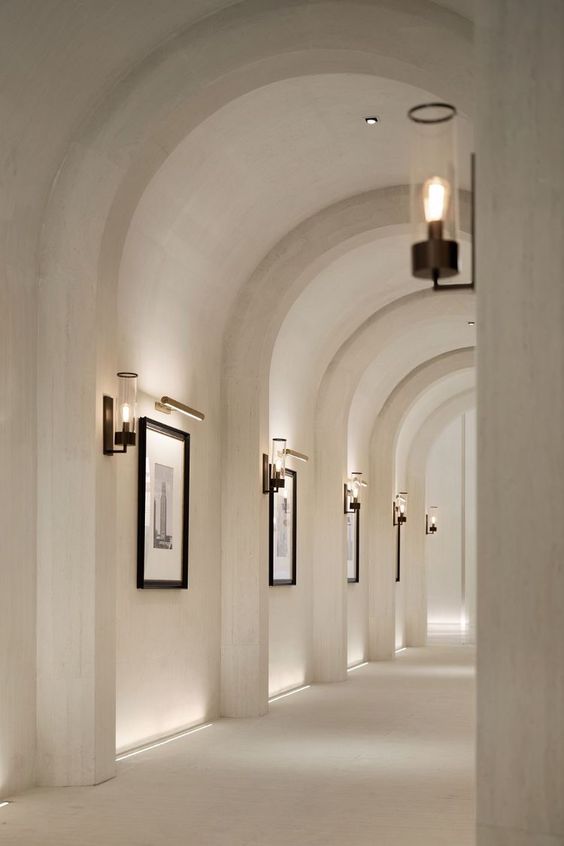
The Three Layers of Light (And Why You Need All Three)
1. Ambient Lighting: The Room’s Backbone
This is your general illumination—the soft wash of light that makes a room usable. Think recessed ceiling lights, skylights, flush-mount fixtures, or a statement pendant. The goal is even, shadow-free light that feels natural and effortless.
2. Task Lighting: Where Form Meets Function
This layer is all about precision. Reading, cooking, grooming—any activity that requires concentration deserves its own light source. Use gooseneck sconces for bedside reading, LED tape lights under kitchen cabinets, or articulated arms above desks.
Above islands or tables: Hang fixtures 30–36″ above the surface, spaced ~30″ apart for balance and airflow.
In bathrooms, sconces should be mounted at eye level and 5′ apart for even illumination without casting unflattering shadows.
3. Accent Lighting: Design’s Quiet Drama
Accent lighting draws the eye to what matters—art, architectural features, or a stunning fireplace. Picture lights should span half the width of the artwork and be angled at 30 degrees for optimal shadow play. Use uplights in indoor tree pots or recessed cans to highlight sculptures or art.
Don’t forget natural sources like candlelight or firelight, which can anchor a space in warmth and movement in ways no bulb ever could.
Dimmers & Controls: The Unsung Heroes of Great Design
If every space tells a story, dimmers are your narrator. They allow light to shift from day to night, from task to ambiance, with subtle control. For maximum flexibility, install dimmers in every main living area, and consider motion sensors for halls or closets. It’s not just functional—it’s atmospheric.
The Natural Light Equation
No artificial lighting plan is complete without considering sunlight. Where it enters. How it moves. What it touches.
Use windows, skylights, and solar tubes to your advantage—but filter the glare. Sheers, tinted films, or architectural overhangs can help soften light and reduce heat gain.
Avoiding the LED Pitfall
LEDs are energy-efficient—but not all are created equal.
Most LED products—especially strip lights and under-cabinet kits—don’t dim well or flicker under low voltage. Always test your LED products with your dimmers before installing. Look for dimmable, high-CRI (Color Rendering Index) LEDs to maintain color accuracy.
Avoid no-name LED strips or plug-in puck lights. They often create inconsistent light and hum on dimmers.
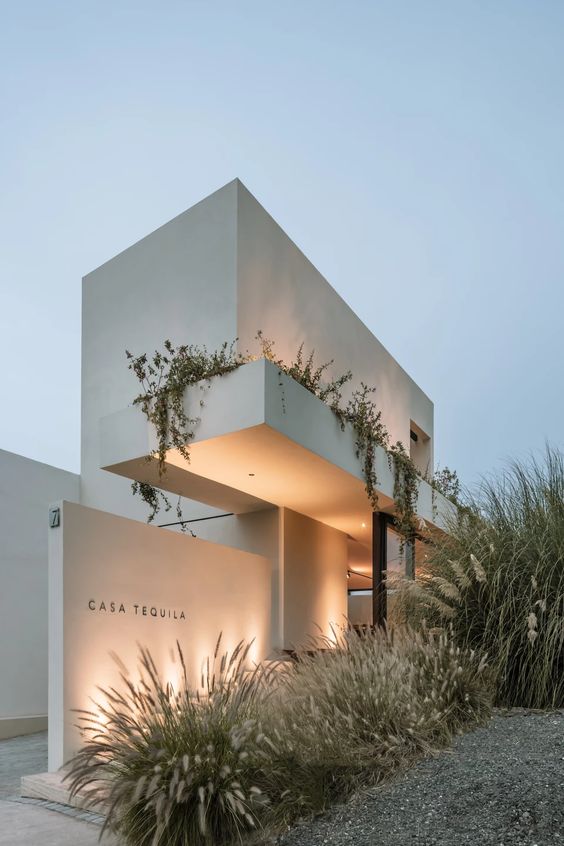
Outdoor & Landscape Lighting: Extension of the Home
Great lighting doesn’t stop at the threshold. Your exterior should feel as thoughtfully lit as your living room. I have my favorite outdoor lighting brand that is made of brass and patinas beautifully with age.
-
Bullet lights highlight trees and architectural features
-
Well and wash lights add glow to walkways and facades
-
Deck and step lighting prevent tripping while feeling luxurious
-
Motion sensors and security lights just don’t use these. When you do the top three lights well, security lights become obsolete. Just invest in a security camera instead.
A Final Word: Design Is in the Details
Lighting is often treated as an afterthought, but it is truly one of the most transformative elements in any interior. When properly layered, precisely chosen, and thoughtfully integrated, lighting doesn’t just illuminate a space—it tells its story.
If you’re designing a boutique hotel, renovating a coastal retreat, or simply craving a more elevated day-to-day, it helps to have a guide. At Rachel Blindauer Interiors, lighting is never an afterthought—it’s part of the emotional architecture of a space. We craft lighting plans that not only work but live beautifully, all day and all night.
Get Started Today
Let Rachel Blindauer help you think through your project starting with a consultation.
SOMETHING FOR EVERYONE
THE PIECES RACHEL RETURNS TO, AGAIN AND AGAIN

